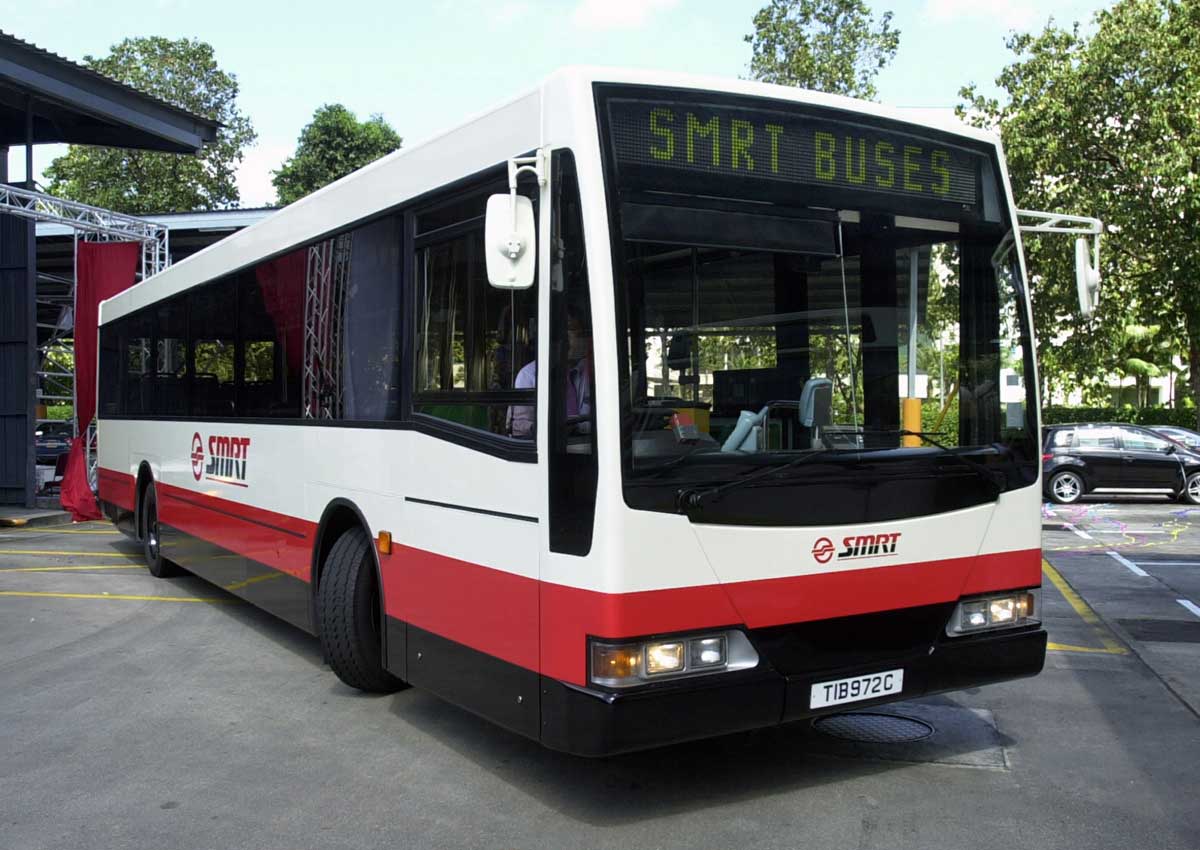Erratic work-rest schedules, challenging routes and overall inexperience are some of the reasons bus drivers here do not like plying multiple routes, also called “interlining”.
Dr Marc Rochester, 61, who drove buses in London from 1976 to 1979, wrote to The Straits Times to say that one obstacle to interlining here could be the length of some services. He drove up to seven different routes a day in Britain, but the longest was only about 7km.
The longest here is 73km – Service 858 running from Woodlands Regional Interchange to Changi Airport and back.
Dr Rochester, now a music history lecturer, said: “It was inconceivable as a bus driver (in Britain) that you would drive only one route.”
But in Singapore, interlining is practised sparingly. Operator SMRT Buses said interlining requires drivers to know each route’s road network, road conditions and bus passenger travel patterns.
SMRT Buses & Road Services managing director Tan Kian Heong said interlining can be used to achieve operational efficiency, but he noted that driving multiple routes is more demanding for drivers.
73km
Service 858, running from Woodlands Regional Interchange to Changi Airport and back
There could also be an impact on their work-rest cycle, as they would be required to hop onto another bus immediately after completing one route – it might not be possible to schedule breaks as easily as is the case for single-route schedules.
“For our interlined services, SMRT Buses will ensure that all bus captains receive route familiarisation training and cater for sufficient rest so they can carry out their duties well,” Mr Tan said.
The issue came to light last month when new bus operator Go-Ahead announced it was borrowing drivers from the incumbents after being hit by a wave of resignations.
Twenty of its drivers quit because they could not cope with juggling multiple routes.
“Interlining is the basis of our operating model in Britain,” said a company spokesman, adding that all its drivers here were told on joining that they had to do multiple routes.
Veteran transport consultant Bruno Wildermuth said: “Bus drivers here are spoilt. They never had to do different routes before.”
SBS Transit, the biggest operator here, does not practise interlining.
Mr Wildermuth said: “I don’t know any other country where bus drivers drive only one route.”
SIM University senior lecturer Park Byung Joon said it is rare, but does occur in South Korea, to let drivers “personally take care of their buses”. They even mop the vehicles.
This model seems to work. Seoul’s bus system is well regarded worldwide and, according to Dr Park, the driver turnover rate is “effectively zero”. “Most work for the same company until they retire,” he said.
In Singapore, the turnover rate for public bus drivers is reportedly up to 15 per cent, with more than 1,000 resignations a year.
Industry observers said many drivers do not stay long enough to master more than one route, exacerbating the interlining problem.
The Land Transport Authority is said to be so concerned about the issue it has extended the deadline for its latest bus route tender to Oct 27. The original deadline for the tender, covering 26 bus routes in the Seletar package, was last Thursday.
Industry sources reckon the authority wants to give bidders more time to tweak their proposals to scale back on interlining.
Meanwhile, Tower Transit, the other newcomer, said interlining is more commonly practised in cities with relatively low-frequency services. The company noted that, even though the concept itself is not entirely new to Singapore, “we have made only limited use” of it.
Still, Mr Wildermuth said he does not see why Singapore cannot have interlining if drivers are better trained and better paid.
Asked if that would also mean having the public pay more for bus services, he said: “In (bus) contracting, we’re already paying more.”
In contracting, operators are paid a fixed sum (which they tender for) to run a parcel of routes. The Government collects fare revenue that, in the case of London, falls far below the tender sum. Taxpayers make up the shortfall in this operating model, which is supposed to lead to higher service levels.
Dr Rochester said that, given time, drivers here would be more open to the practice of interlining.

This article was first published on Oct 10, 2016.
Get a copy of The Straits Times or go to straitstimes.com for more stories.






